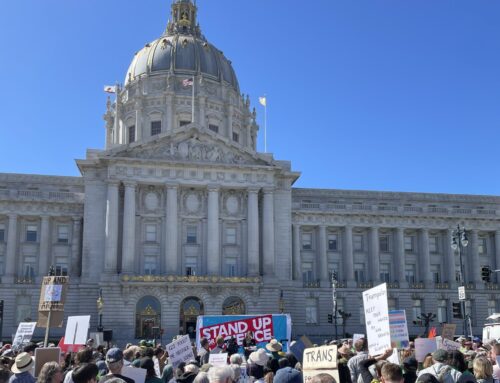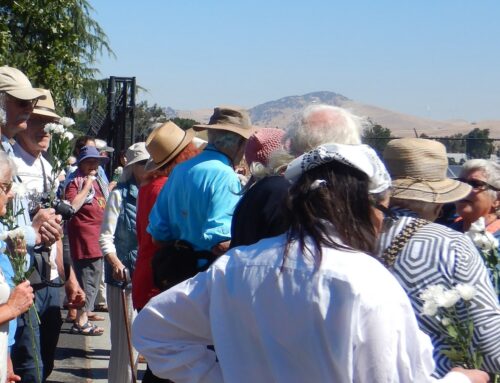By Alma Hernandez, B.A., Building Electrification SF Bay PSR Intern
AUGUST 2022
Background
Building electrification (BE) is the shift toward zero-carbon electricity, which would be not only beneficial for the planet but also for public health and safety. Gas stoves emit hazardous gasses that harm the health of people and contribute to the development of chronic conditions. People of color are exposed at greater rates overall to such gasses and particulate matter. This has to do with many social factors ranging from poor outdoor air quality, lack of knowledge about the health harms of gas appliances, lack of resources, rental and landlord issues.
Gas stoves produce dangerous amounts of air pollutants, including nitrous oxides (NOx), carbon monoxide (CO), and particulate matter (PM), that often exceed outdoor ambient air standards. These pollutants can have lasting and damaging effects on the human body. Children, low income, and communities of color are among the most vulnerable. A study by UCLA reported that “… residential appliances alone constitute 15% of California’s CH4 [methane] emissions from gas, and overall, buildings are responsible for an estimated 25% of all GHG [greenhouse gas] emissions in California.”
In October 2021, I started working on a community survey to gauge information in the Bay Area surrounding environmental justice and building electrification. We focused on how environmental organizations are centering a discourse on the relationship between environmental justice and building electrification.





